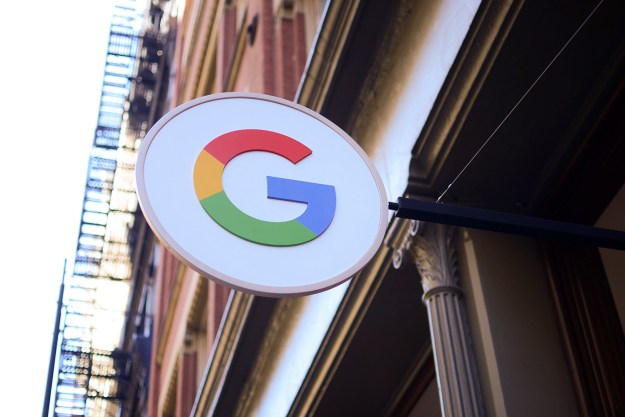 2007 hasn’t been a good year for British data. In the last two months there has been announcement after announcement of lost data, some of which could be gold if it ends up in the hands ofcriminals. The latest breach, reported the week before Christmas, was the nine separate health trusts run by the National Health Service (NHS) has managed tolose the data of patients (although one later found the records). That came after a government announcement the week before that a US contractor had managed to lose the data of three millionlearner drivers. There was no reason given for using a US contractor. Prior to that was the biggie, when Her Majesty’s Revenue and Customs (HMRC)lost the data of 25 million UK residents – a figure that represents nearly half the population. That data has yet to be found, although so far there has been no evidence it was stolen. The government has come under fire for the breaches, and the head of HMRC resigned after the incident. No other heads have rolled – yet. But the National AuditOffice has criticized the data systems, saying 35% of them need strengthening.
2007 hasn’t been a good year for British data. In the last two months there has been announcement after announcement of lost data, some of which could be gold if it ends up in the hands ofcriminals. The latest breach, reported the week before Christmas, was the nine separate health trusts run by the National Health Service (NHS) has managed tolose the data of patients (although one later found the records). That came after a government announcement the week before that a US contractor had managed to lose the data of three millionlearner drivers. There was no reason given for using a US contractor. Prior to that was the biggie, when Her Majesty’s Revenue and Customs (HMRC)lost the data of 25 million UK residents – a figure that represents nearly half the population. That data has yet to be found, although so far there has been no evidence it was stolen. The government has come under fire for the breaches, and the head of HMRC resigned after the incident. No other heads have rolled – yet. But the National AuditOffice has criticized the data systems, saying 35% of them need strengthening.
Editors' Recommendations
- Use Grubhub a lot? This trick gets you free delivery for two years
- Here’s how I tracked down the people selling my data, then stopped them
- How much data does Netflix use?
- 2020 was a big year for the moon. Here’s a recap
- 20 years in orbit: A video tour of the past two decades of life on the ISS




